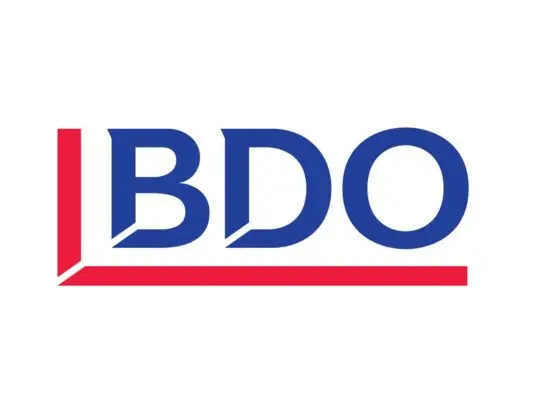The COVID-19 pandemic will in all likelihood change the way that we do business for a long time to come.For most businesses’ turnover is down and owners are having to turn their attention to dealing with an environment that is constantly changing during this time of uncertainty, their inventory requirements (especially those who are reliant on the import & export markets or have only just begun to trade again) and their staffing capacity. Maintaining profitability, or in some cases viability and liquidity, could prove to be challenging. Below is a brief overview of some key elements you should keep in mind to help facilitate your businesses likelihood of success.
Short-Term Cash flow Forecast
Prepare a 13-week cash flow forecast. This is often an eye- opening exercise and will effectively capture most entities’ business cycles. The forecast will help navigate choppy waters in the near-term, as it will highlight shortfalls in necessary cash balances. Maintaining an up to date forecast will allow you to easily identify if there is an upcoming risk of the business running out of cash and/or will show if borrowing requirements fall short of actual availability from lines of credit. You will need to ensure that any forecast is subject to revisions in light of COVID-19 and the ongoing impact it will have on the market. Cash flow forecasting is a necessary tool for distressed businesses and can be helpful for entities going through a rough patch or for stronger businesses struggling in this economy. Being in a position to be able to identify when cash may be short, puts you on the front foot for being able to make arrangements to source more capital or to organise payment arrangements i.e. contact with your bank for extended loan facilities, contact with Inland Revenue to arrange payment plans and liaise with landlords to determine whether a rent relief period is feasible.
Monitor actual against your forecast
Cash is King! It is possible that a business can still be reporting profits but have trouble meeting its current obligations to both lenders and key creditors. Problems may develop as customers become slower to pay or, in some instances, don’t pay at all. Some problems may not be immediately recognised and could include changes in product/service demands, increasing overhead costs, use of obsolete production methods or increasing competition. As a starting point review, defer and/ or eliminate all non-essential expenses and capital projects, where possible. Identify whether there are any current commitments that can be put on hold or adjusted given the current environment. Further, accelerate receivable collections, focus on customers that normally pay on time and have started to slow payments; offer discounts to pay now; even keep on top of small accounts.
Adaptive management – learning by doing
When faced with great uncertainty, we have three options:- remove the uncertainty and proceed, proceed anyway and adjust as necessary, or do nothing. If we assume that option 1 is unrealistic, and option 3 is unacceptable, we’re left with only one option – take action, learn, and adapt. The very objective of adaptive management is to provide a framework that drives action now, despite uncertainty. The goal is not necessarily a predetermined target – at least not initially – it’s achieving incremental change. The idea is to take a small step, reflect, learn, adjust, and take another small step instead of large strides that may well lead you off course when dealing with moving targets.
Adaptation goes past simply responding to disruptive events; it also means seeking out and seizing opportunities that are created by market forces. At times like this, it’s this sort of iterative decision making that should be the foundation of your strategic planning.
Short-term action plan
The potential output of a short term action plan would be a succinct, “fit-for-purpose” plan that prioritises the what, who and when for your organisation and can be used as a roadmap for the upcoming months. It can also be used as a key discussion document for sharing with your business’ stakeholders.
The following areas should be noted within your action plan:
- Ensure you understand the current Government rules and requirements for your business
- What can I be doing now to prepare? What do I know for certain?
- Determine short term goals
- SWOT analysis
- Overall solvency
- Working capital needs
- Operational – supply chain continuity, logistics
- Customers and sales
- HR, Employment issues and structure of the business
- Finance and funding – what Information would be required to get funding (cashflows, plans etc)



